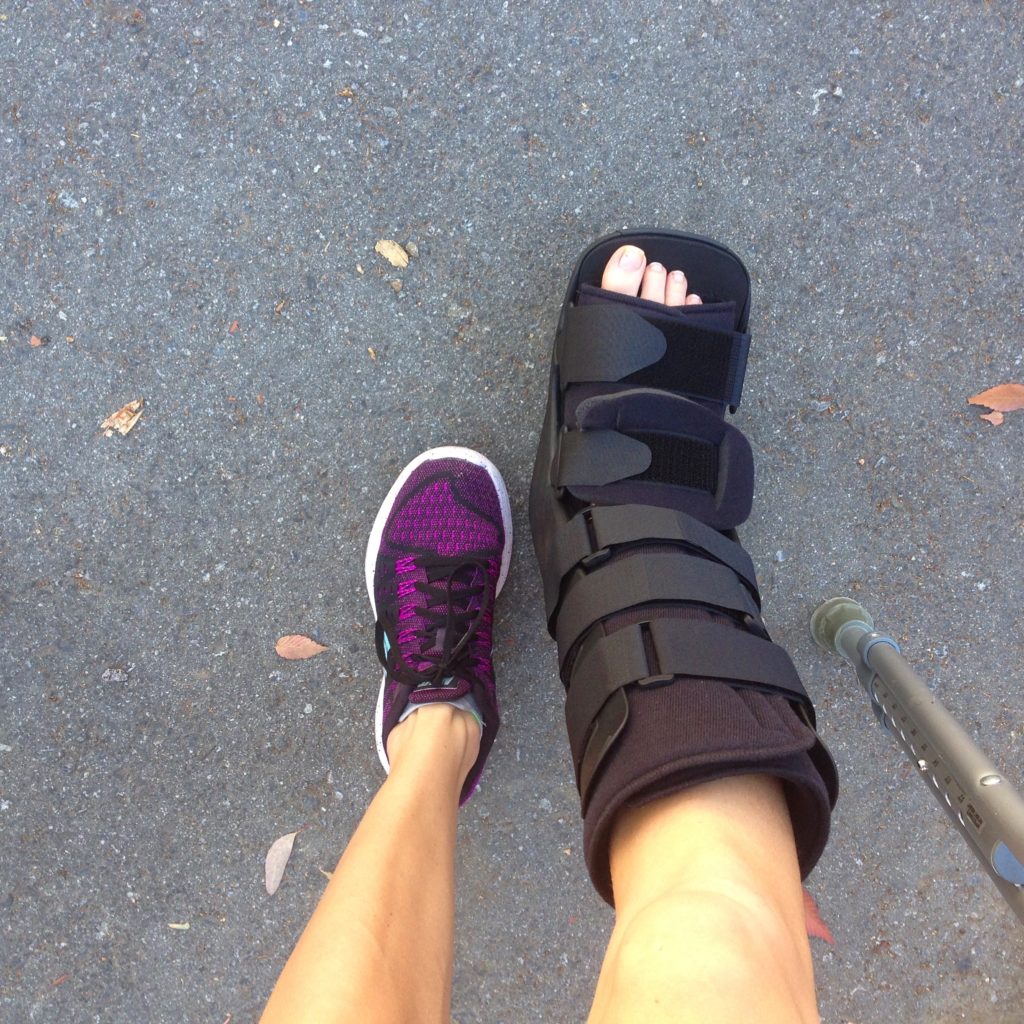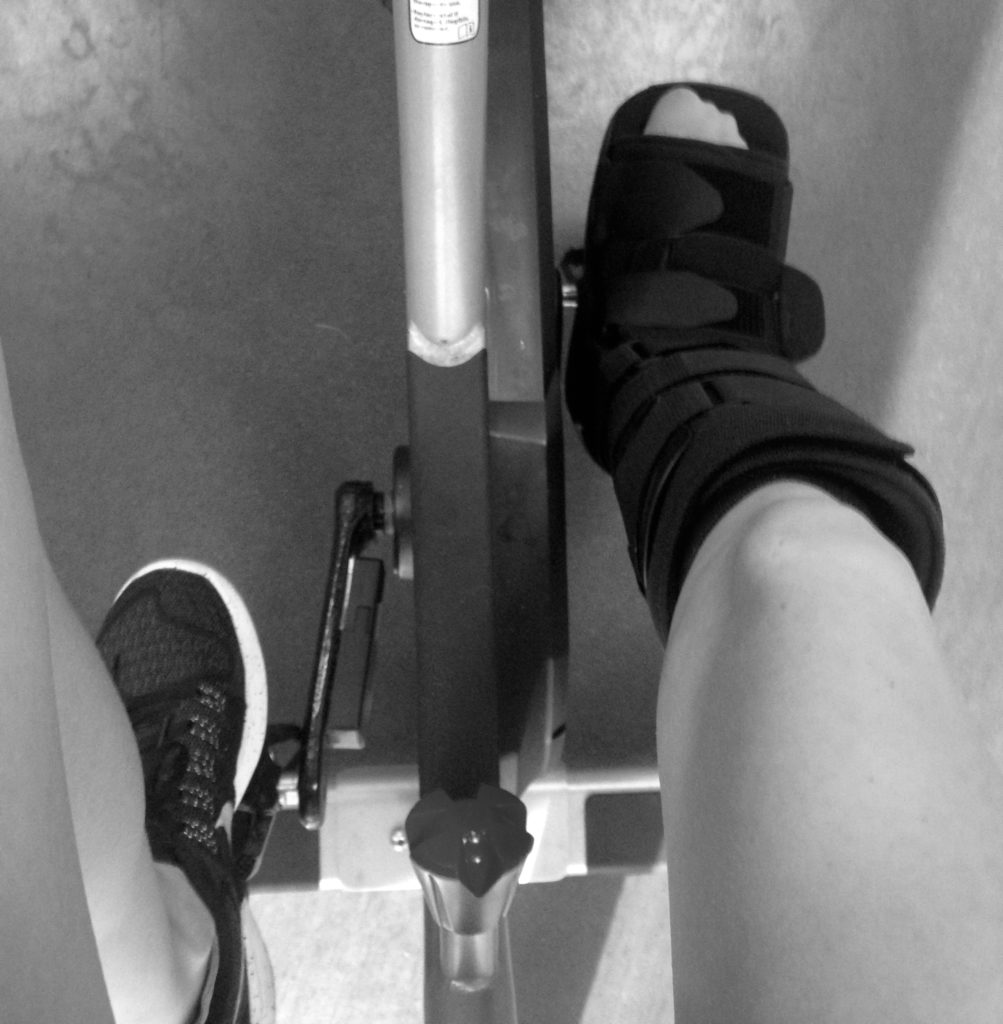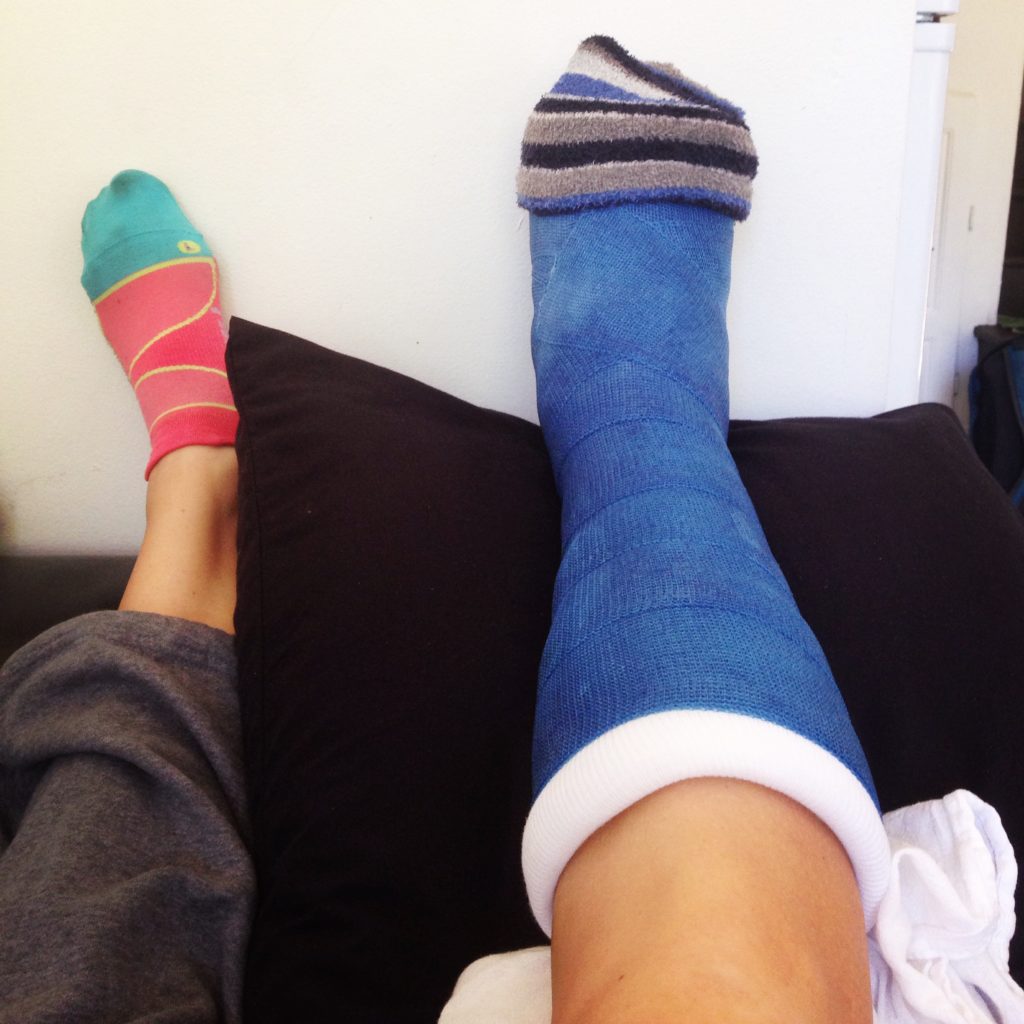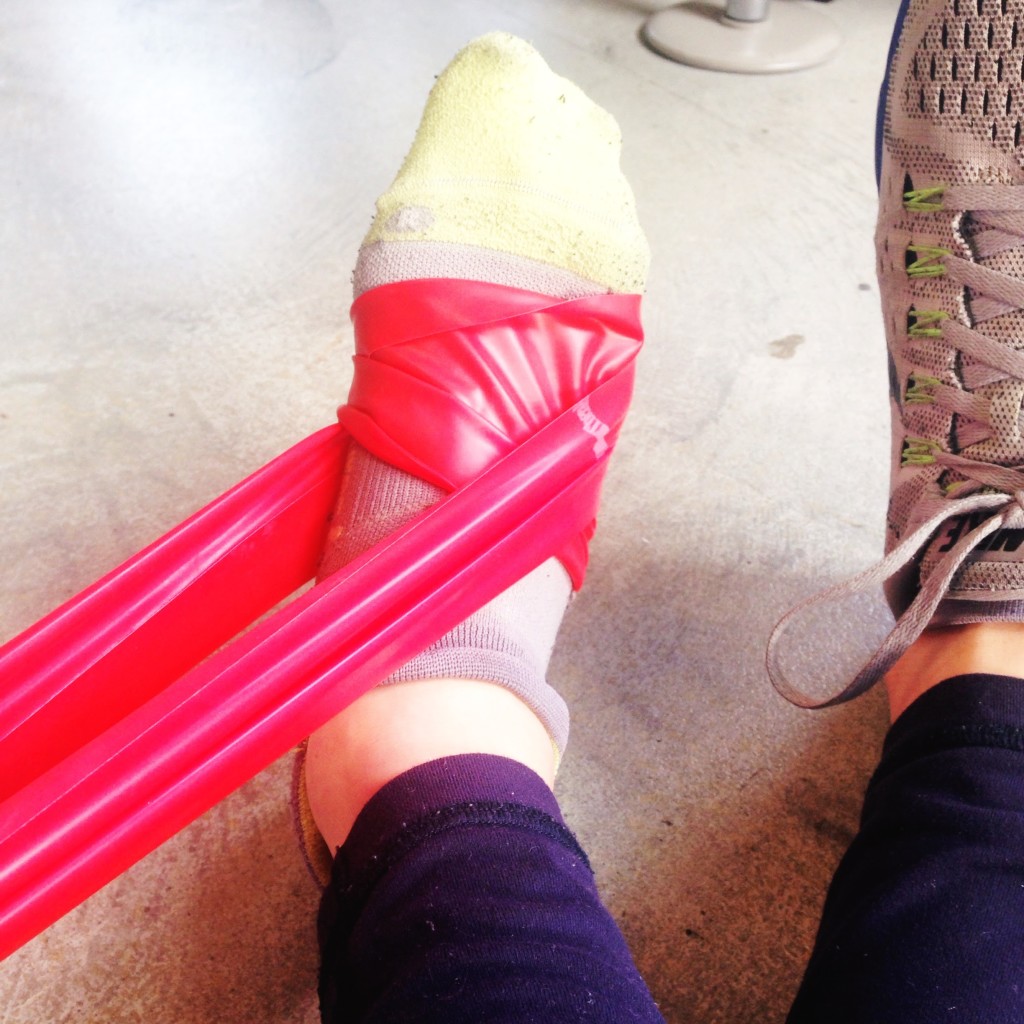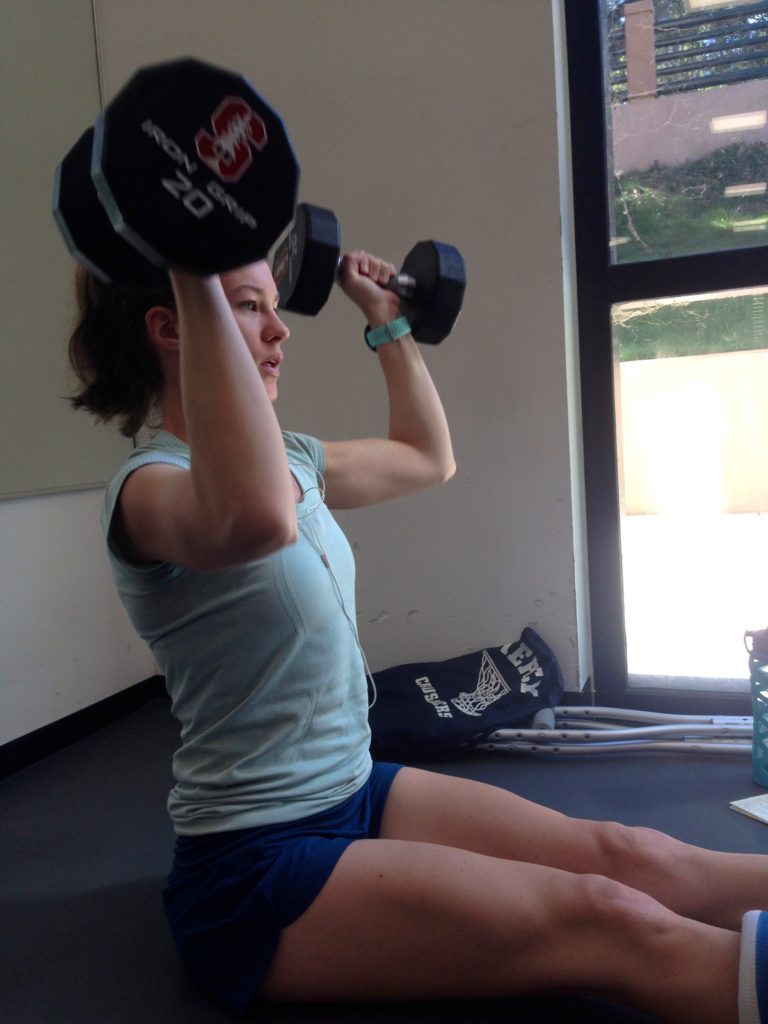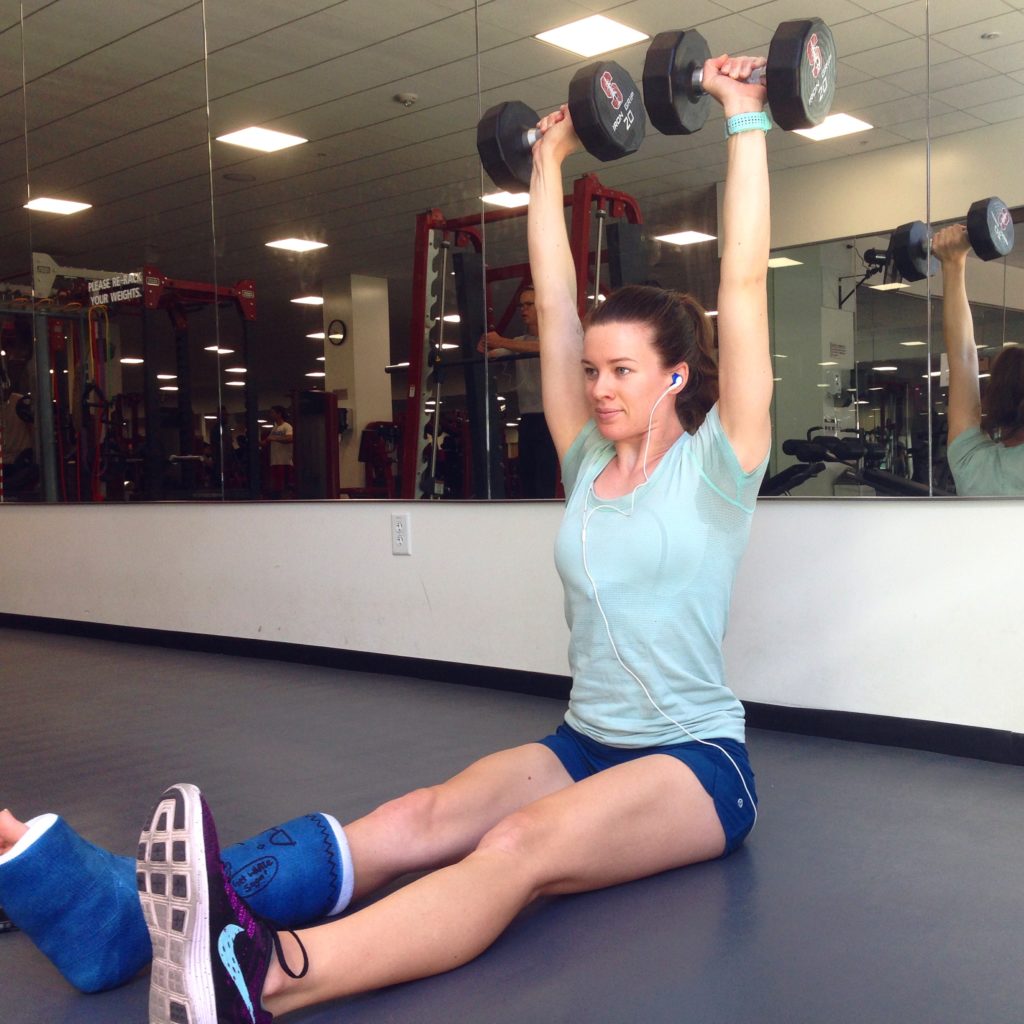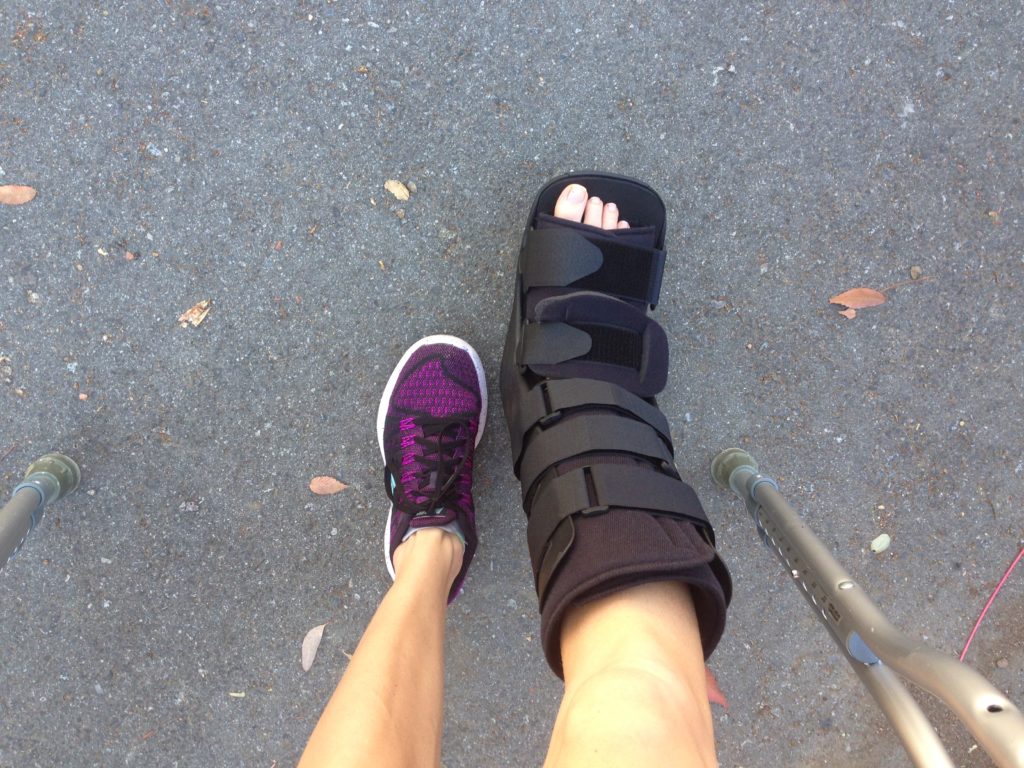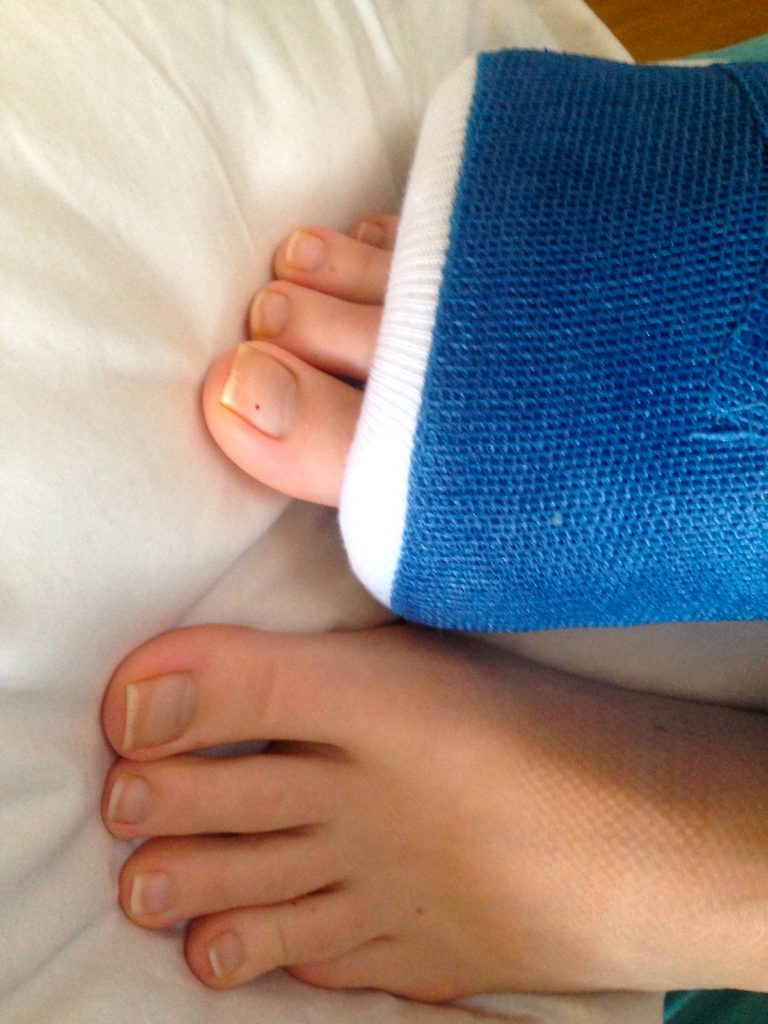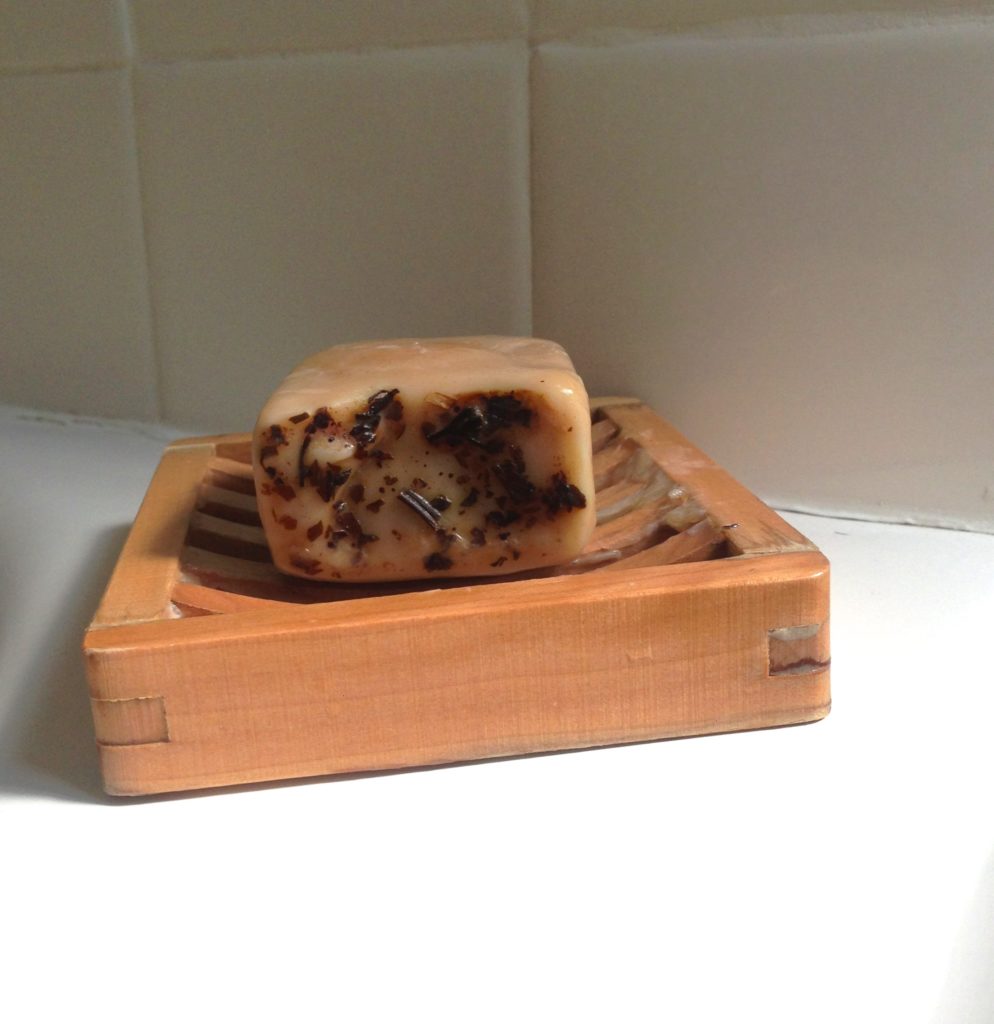Last weekend I went to my first real yoga class since surgery. I’d been desperate to go, but also knew it was important to really rest and not overly stress my tendon. But my body was begging for some relief.
After being highly restricted in a cast and then boot for two months, I have been feeling painfully tight and out of balance. While I would do specific stretches every now and then to target problem areas, I would get bored or distracted or frustrated after 15-20 minutes and roll up my mat. It’s no surprise that my tight back and painful hips from sitting with my feet elevated straight out in front of me so much persisted.
For the first two months I was extremely careful about not putting any extra tension on my tendon while it healed. Unfortunately this meant that most leg stretches were out, and I was tentative at best in hip openers. Six weeks of crutches didn’t necessarily help.
My body did not feel like mine during my first class. I was tight in unexpected places, really bound on my left side of the body, and I shook the entire class from not using my stabilizing muscles extensively for so long. But by the end of it I had a new appreciation for all my body had tolerated the past three and a half months and a greater understanding of what poses and stretches my new body could tolerate.
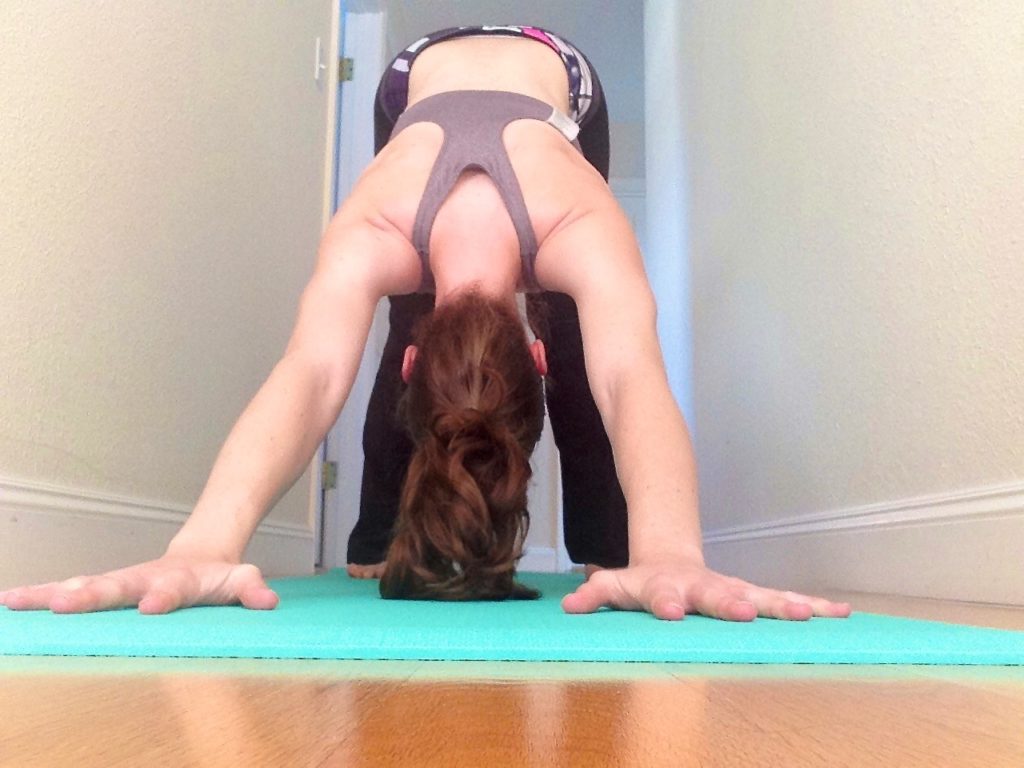
Benefits of Yoga for Recovery
It’s not just me – yoga is proven to be a great tool for recovery. And you don’t have to be injured to get the benefits. Yoga can also help you bounce back from tough training (or a late night).
1. Yoga helps you to reconnect with the body.
The last thing I wanted in the wake of my surgery was to listen to my body. It was telling me I was crazy and that it wasn’t going to forgive me for letting someone cut into it. I was also surprised by how hard it fought my rest. I was antsy, sleeping extremely poorly, and my muscles kept twitching or cramping.
But listening in is really important, especially as your recovery progresses. Yoga can help you pay attention to what needs more of your focus and what may be slowing down your recovery. My tight hips and calves were actively tugging on my entire leg – definitely not what you want to properly heal.
2. Breathe.
Injuries, surgery, and recovery are stressful. I imagined a peaceful time where I would curl up with a book and pamper myself with healing foods. But the reality is rarely like that.
Yoga can help you hit reset and calm down. There’s so much to overthink and fret over, not just with your body but with the world. Between the breathing practices and the simple encouragement to pay attention to your breath, yoga can help you actually fill your lungs and relax the body.
Many breath practices like pranayama help to increase blood flow, get more oxygen to your brain and other tissues, and improve how efficiently your body takes in oxygen. New to breathing practices? Try this one made for beginners.
Yoga poses can also help you relieve stress.
3. Get to know your new body.
As much as I hate it (and I really really hate it), the body you had before your injury is gone. You will most likely heal back to 100 percent, but things will never be exactly the way they were. For me, my tendon was surgically shortened. It may take me years to get full ankle flexion back. I’ve been surgically altered, but the way I have recovered, laid scar tissue, and strengthened my muscles and tendons have also permanently changed my ankle.
I can’t do anything about those things, but I can start to get to know what my new body feels like, how it responds, and what it’s capable of. Yoga has been a great way for me to do that.
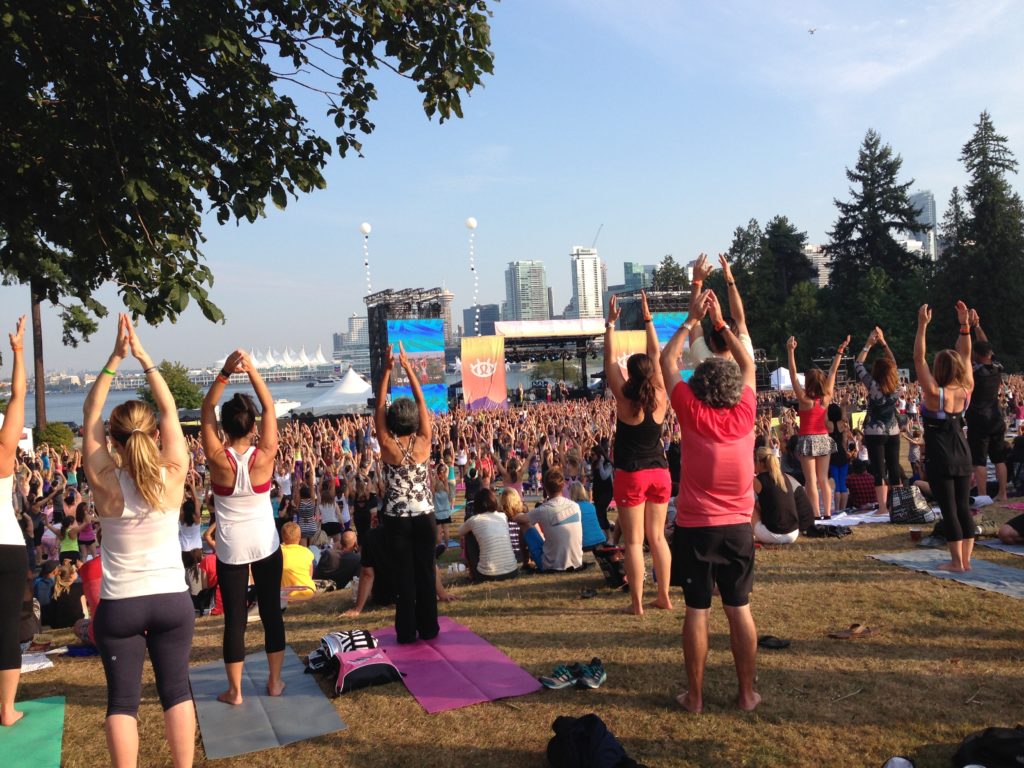
4. Regain strength and balance.
A light breeze could knock me over when I was first out of the boot. My body completely lost all of its muscle tone and the ability to call upon the right muscles to keep me upright. In addition to strength training and spending what feels like half my day standing on one leg, I’ve added yoga as a way to strengthen my stabilizer muscles and remind my core that I have two feet again. Yoga is a great way to improve muscle strength and balance. Also, it’s totally cool to fall over. People won’t even laugh at you. Trust me, I’ve done it.
5. Improve mobility.
Injuries often come from an imbalance or lack of mobility. Once you’re injured and recovering, forget it. Nothing will mess with your mobility like being immobilized for a length of time. But yoga can help you get it back and prevent future mobility-related injuries. A consistent practice can help you improve your flexibility and keep muscle tension at bay. Don’t forget that stretching should be pain free (but not as comfortable as just chillin’ on the couch) to get the benefits.
6. Relieve pain.
Yoga can help reduce chronic and acute pain. Recent studies have shown that it can help provide relief for chronic low back pain and improve mobility/function.
7. Reduce inflammation.
Inflammation can be a cruel reminder of an injury or a major road block to recovery. The good news is that yoga can help reduce inflammation, and the more you practice the more it helps.
8. Boost your mood.
I don’t know about you, but being injured for more than a year has not done good things for my mood. Yoga can help you shake the blues and increase your happiness. Yoga, walking outside, and general exercise have all helped keep me sane and relatively happy.
9. Help you sleep and improve recovery outside of class.
Yoga’s benefits carry over into other areas that are important to recovery. Thanks to its stress reducing capabilities and the physical movement, yoga can help you sleep better. Since your body heals while you sleep, you definitely don’t want to miss out.
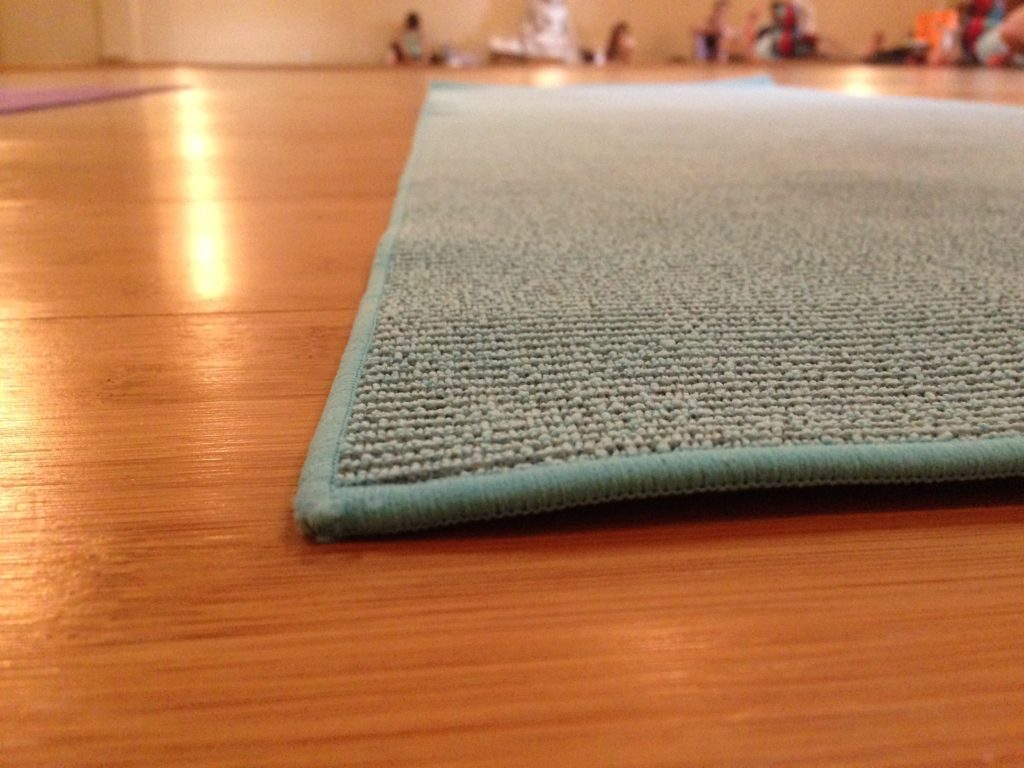
Things to consider
How to know when you’re ready to try yoga for recovery.
Ask your doctor or physical therapist before returning or starting yoga post injury/surgery. But don’t forget that even if they say you may be ready, you know best. I got the okay to try yoga a couple weeks ago, but my (unscientific) tests at home (downward facing dog without pain? Can I balance in crescent pose or warrior one without pain? Does standing on one leg make me cry?) all said I needed a bit more time.
If I hadn’t modified my yoga practice for months after my original injury, I still wouldn’t have gone back yet. It takes a lot of listening to what your body is alright with and what makes your injury worse. It also takes a great deal of experimentation and a willingness to problem solve in the middle of a flow class. (Keep an eye out for an upcoming post about my go-to modifications and substitutions.)
You can always ask your doctor or physical therapist for modifications. Even just knowing what type of activity or stretch my increase your pain can be helpful. Your teacher can also be really helpful.
Choose an experienced, certified teacher.
You want to work with someone who can understand the complexities of your recovery and not blindly encourage you to do poses that may make your injury or pain worse. Look for teachers who mention a focus on alignment and anatomy, certifications above 200 hours of training, and a background in sports or kinesiology if you have a sports injury.
Definitely talk to the yoga teacher before you start class. Let them know about your injury and limitations, and absolutely ask them questions you might have about making the class work for you. If they don’t know how to modify poses for you, don’t take their class!
Pick the right class for you.
My first class back was a restorative yoga class that was honestly 90 minutes of lying on the floor in different positions with a bolster. I thought I might lose my mind, especially when the instructor started playing the loudest crystal bowl (I left with my ears ringing like I left a rowdy rock concert), but it was a good place to start. Gentle yoga and yin yoga are also great for beginners or coming back from an injury. I have worked my way back into my favorite power yoga and flow classes, but I took my time getting here and I modify (and tape!) quite a bit. Start slow, gentle, and easy.
Make time.
Don’t even tell me you don’t have time for yoga. A recent study found that just 12 minutes of yoga a day is enough to reap the benefits. That’s less than the time it takes to watch trashy TV on Netflix.
Other helpful articles:
9 yoga poses to keep athletes injury-free – Yoga Journal
7 Great Yoga Poses for Recovery – Runner’s World






